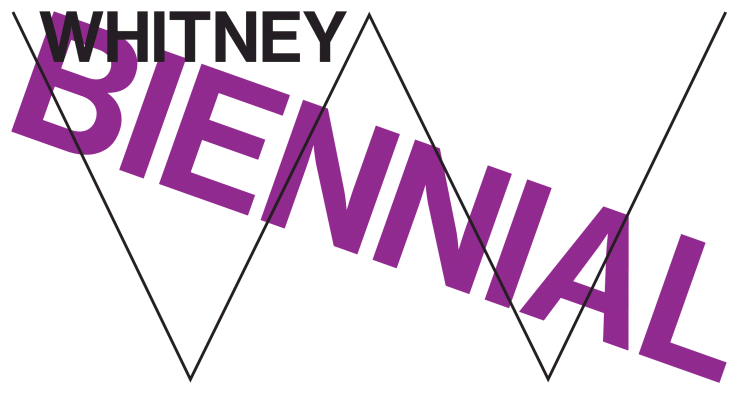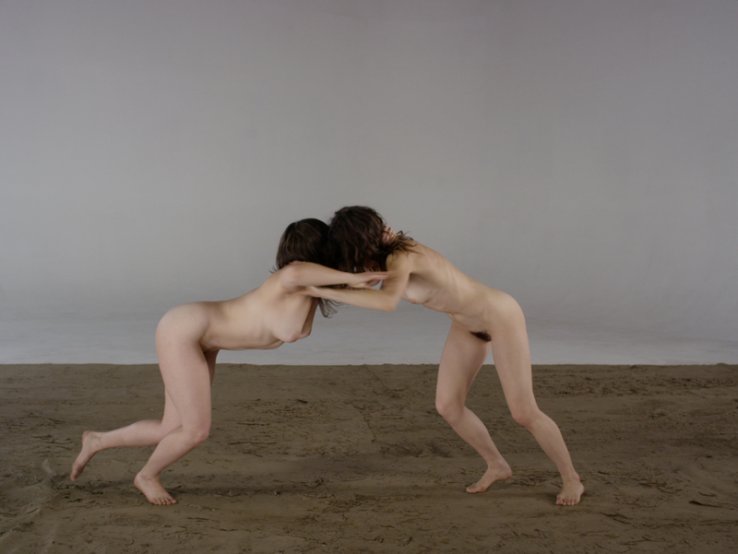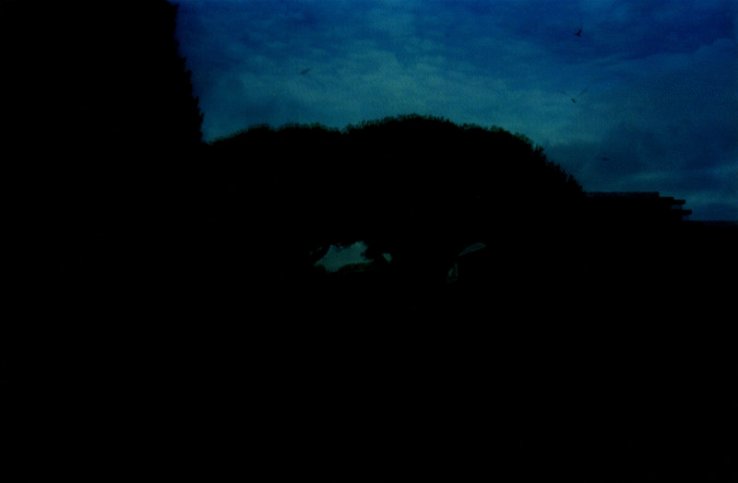The Whitney Biennial
Mapos Designer
The Whitney Biennial 2014 opened two weekends ago; this is the last biennial hosted in Marcel Breuer’s building. The museum is moving to its new location designed by Renzo Piano next year. Whitney is not going to be the same Whitney soon, but right now, as promised, we are having a larger and bolder than ever biennial.

The exhibition is put together by three curators with distinguished focus (one in film/video, a contemporary art curator, and a painter/educator) as well as 103 artists.
It is a true party, exciting and also overwhelming.
I started my visit to Whitney from its fourth floor, where Michelle Grabner is the curator in charge. Grabner says she wants her section “organized as a curriculum for other artists.” Maybe that is why the pieces she chose are so cohesive; they talk to each other. The play between the descriptions and the pieces worked really well – reading a description was often as enjoyable as viewing the piece itself! Contemporary art is sometimes so conceptual that I find I can’t just look at it and understand. I found the descriptions both entertaining and enjoyable as they were well written and gave me a better background to the piece.

Jennifer Bornstein, Untitled, 2014. Video, color, silent, 4:30 min. Collection of the artist; courtesy Gavin Brown’s enterprise, New York and greengrassi, London. © Jennifer Bornstein
Take, for example, Jennifer Bornstein’s video. The video is in complete silence and has perfect tone. The human nudity reminds me of a classic painting. It documents a couple of women as they move awkwardly and sometimes violently about the space. The description says that the body movement is abstracted from three different sources – soft porn poses, Balinese folk dances and contact improvisation technique. Learning this from the description, helped me to fully embrace what I saw.

Stephen Berens, July 31, 2005, Afternoon; July 19, 2005, Morning; August 8, 2005, Morning; July 29, 2005, Late Afternoon; July 25, 2005, Late Evening; August 7, 2005, Morning; July 26, 2005, Morning; August 3, 2005, Late Afternoon; August 8, 2005, Morning; August 3, 2005, Afternoon, 2013. Dye-based inkjet print, 24 × 34 in. (61 × 86.4 cm). Collection of the artist. Courtesy the artist. © Stephen Berens
Another unforgettable piece is Stephen Berens’ project. In this work the artist reprinted 40 views of Rome on top of one another sequentially, and made the prints into a new series. The original images are 40 shots of the same spot at the same angle, at different hours. I like the practice of recycling old work into new, and I think Berens’ process is inspiring. I was a little bothered to see after overlapping shots for multiple times, some sheets are dull, and some are just black. I think, conceptually, the series is fascinating but the product wasn’t always as exciting.
The most impressive piece on the 4th floor is Zoe Leonard’s room-size camera obscura. The artist blocked the only window in a huge darkened room, letting light come in through a palm-sized lens. Through this, the city outside is projected upside down on the ceiling and walls inside of the room. The idea of this piece is not particularly new, (Abelardo Morell used the same technique and shot a series of beautiful interiors ) but I very much enjoyed the interactive experience.
The biennial is on view through May 25 and I recommend you check it out!